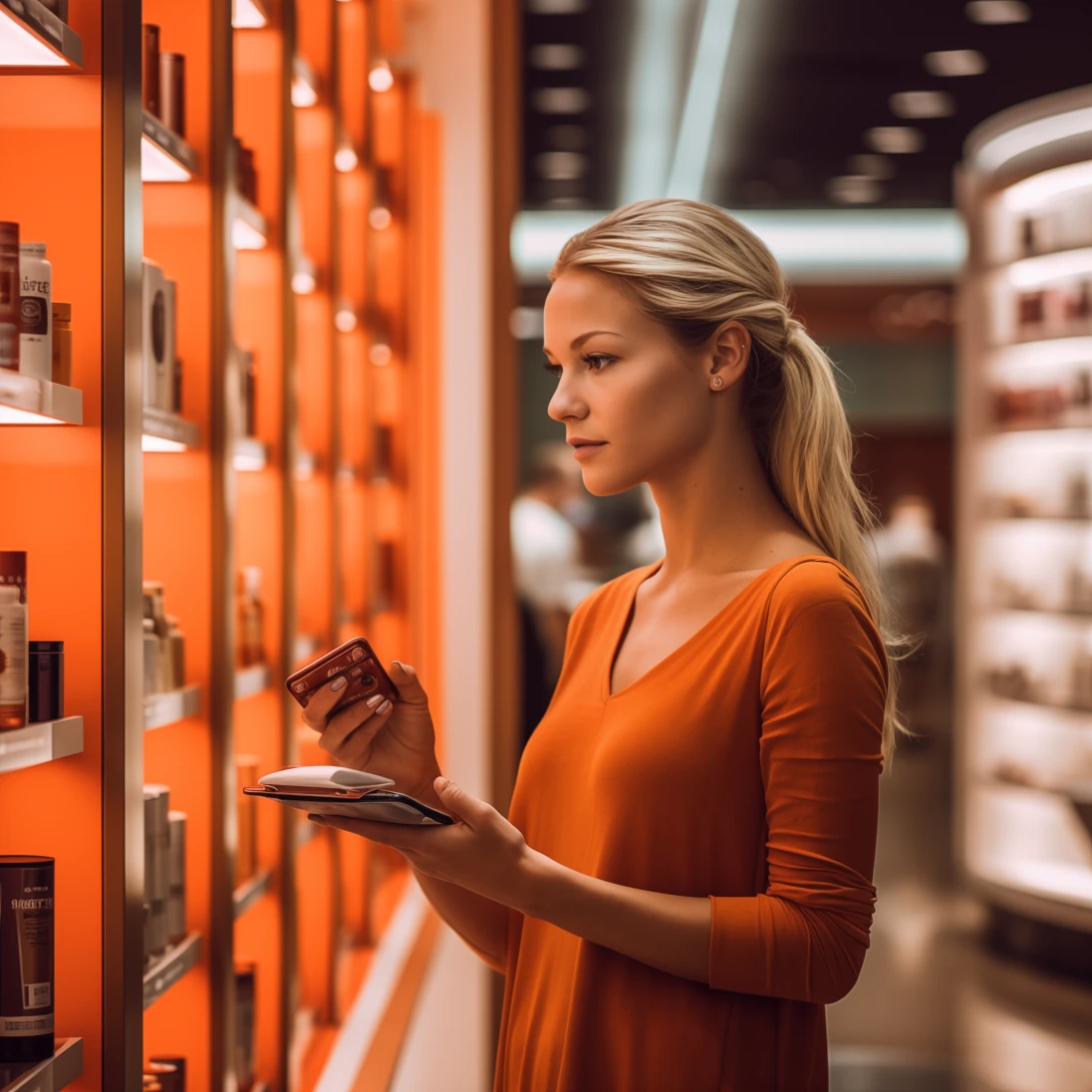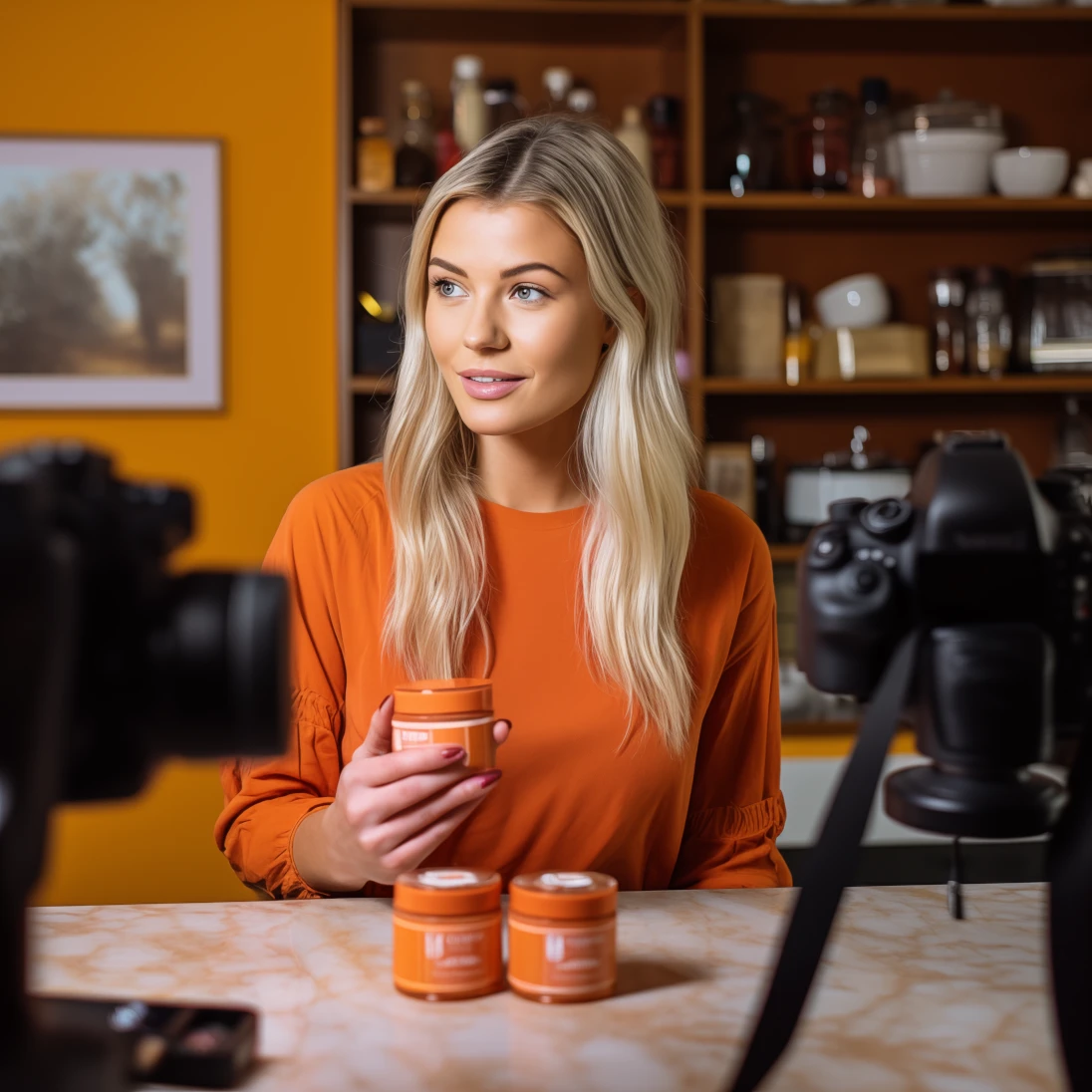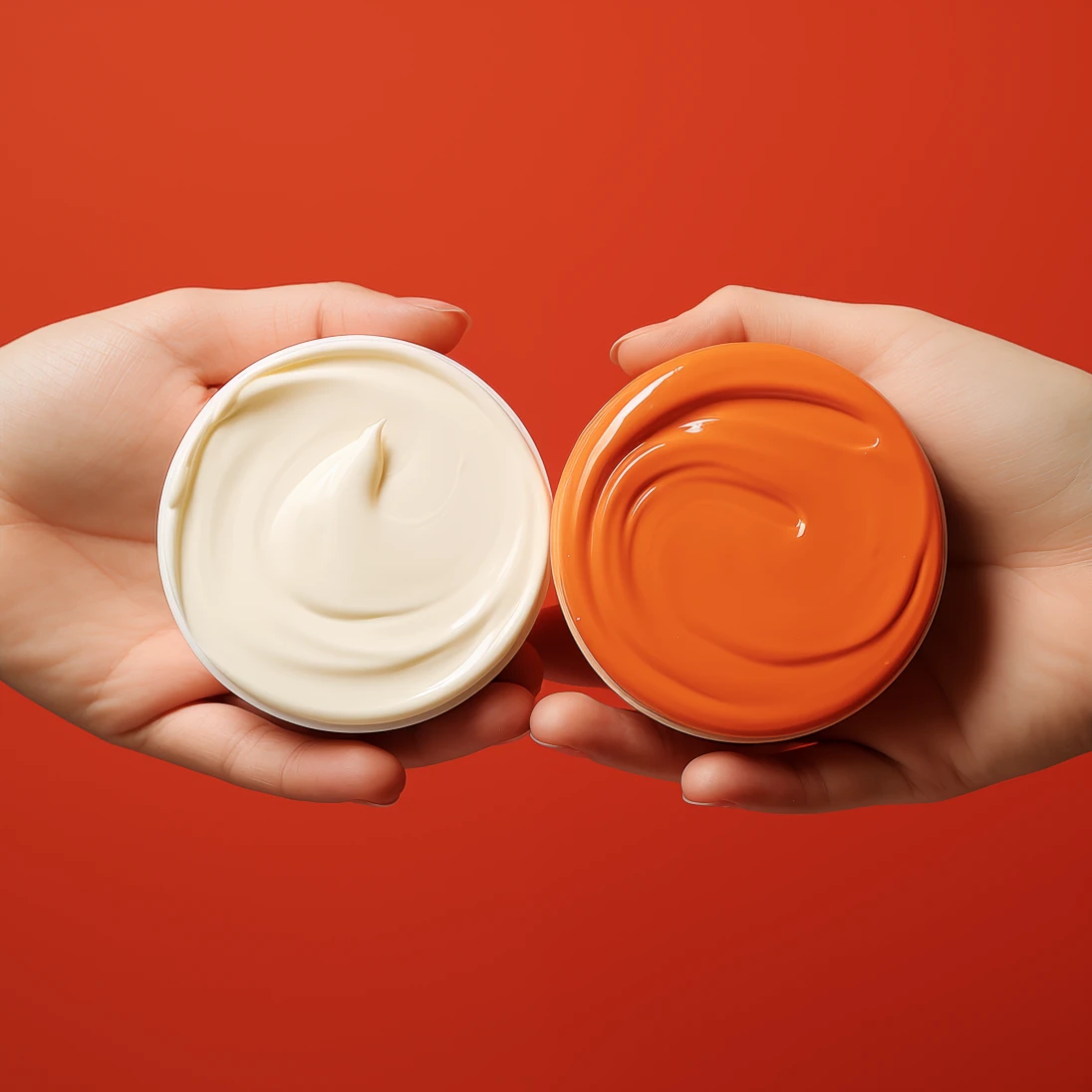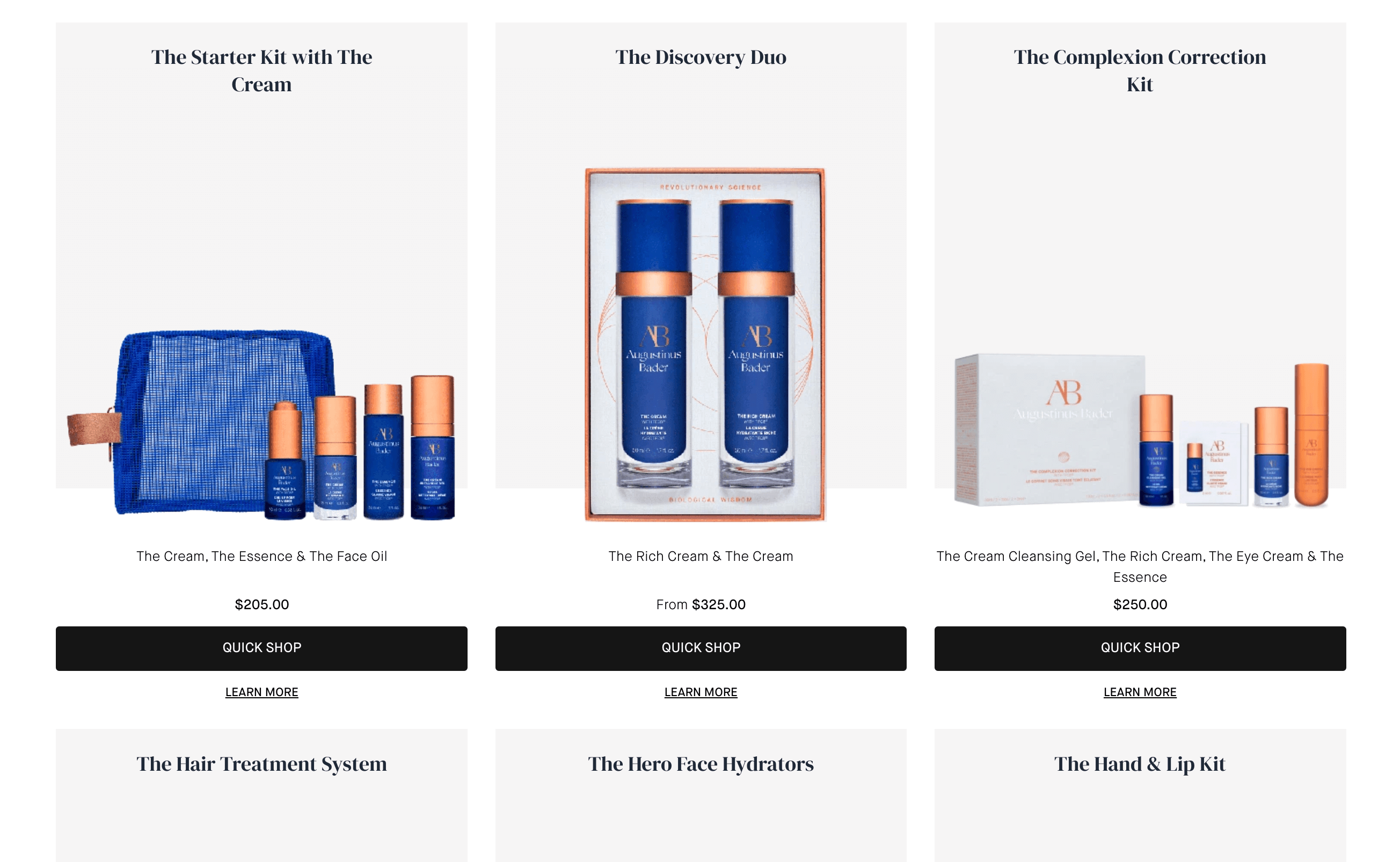To grow your eCommerce brand it is crucial to monitor your Average Order Value (AOV). The principle is straightforward; by persuading customers to spend more with each purchase your revenue will naturally grow.
But before we go any farther – hold your horses! Like any significant metric, average order value comes with its own set of caveats. In this section, we’ll explore how to approach your AOV. We’ll also share strategies to boost Average Order Value. These strategies can increase both revenue and profit margins.
What Is Average Order Value?
The Average Order Value (AOV) represents the revenue generated per order. It can be calculated by dividing the sales by the number of orders. To put it simply AOV is calculated by adding up all the sales and then dividing that sum by the number of purchases.
As an example if a store earns $2,000 from 100 orders their Average Order Value would be $20, for each order.
How to Increase Your Average Order Value
Our comprehensive 7-step playbook presents proven methods for increasing your Average Order Value (AOV), unlocking greater lifetime value from your customers. We’ll cover major AOV-growing approaches like incentivized recommendations, tiered promotions, loyalty programs, and post-purchase follow-up emails. With easy-to-implement examples tailored to DTC eCommerce, you’ll soon foster bigger basket sizes and happy repeat shoppers.
Step 1 Calculate Your Average Order Value (AOV)

- Calculate your current 12-month average order value (AOV) by dividing total revenue by number of orders. This is your baseline.
- Set a realistic 6-12 month goal for lifting AOV based on growth projections, e.g. “Increase AOV by 25% from $60 to $75 per order”.
Expert Tip
Compare your AOV monthly to identify cyclical purchasing patterns or one-off sales events skewing the data.
Example
Your AOV last month was $72. But that included a big holiday sale event. Looking at the full year, your AOV is $52.
Step 2 Implementing Cross-Selling

- Identify bestselling items bought together – like cameras and camera lenses – to bundle as prompts during checkout.
- Dynamically recommend products related to items in the shopping cart, like protective cases for just-added cameras.
- Offer tiered pricing on multiple quantity purchases to incentivize buying more, e.g. save 10% when you buy 3 hand soaps.
Expert Tip
Dynamically recommend cart-relevant products not already added.
Example
Recommend a surface protector in the cart when a phone is added. The customer can then add the recommended product to their basket with just one-click.
Step 3 Driving Upsells

- Highlight higher-priced alternate versions of products viewed, like offering deluxe over basic model appliances.
- Share positive product reviews and awards for premium items to compel upgrade considered.
- Bundle accessories, add-ons and bonuses into kits or sets to increase cart value over individual items.
Expert Tip
Highlight higher-priced alternate versions of products viewed. Call out extra features, capabilities and value expansions customers gain from upgrading.
Example
Customer views basic Kindle – prompt the Kindle Paperwhite touting the backlit display and waterproofing.
Step 4 Optimizing Pricing & Promotions

- Tier discounts or gifts over minimum order values, e.g. $10 off $100+, free gift over $150, free 2-day shipping on $75+.
- Identify your most in-demand items and test slightly elevated pricing to shift revenue mix favorably.
- Promote incentives everywhere – product pages, cart, checkout, email, ads – to motivate bigger baskets.
Expert Tip
Consider limiting-use coupons or restricting brand exclusions to avoid margin-busting exploitation.
Example
$20 off a $150 order, one time use. Can’t be combined with other coupons. Expires in 2 weeks.
Step 5 Building Confidence In Purchasing

- Devote real estate on product pages to detailed descriptions, specs, FAQs, buying guidance to spur confidence.
- Invest in expanded product imagery – videos, 3D previews, demos, diagrams. Allow image zooming for close inspection too.
- Curate authentic customer images and reviews describing real-life use and longevity.
Expert Tip
Utilize image-based reviews where possible to help customers feel informed and reassured.
Example
Product reviews showcasing a luggage set still going strong after years of extensive travel.
Step 6 Rewarding Loyal Customers

- Cultivate higher lifetime value through VIP access to sales, exclusives and points programs for repeating customers.
- Offer first-time purchase discounts to secure that initial sale and motivate return trips. Surprise random giveaways work very nicely too!
- Send birthday and loyalty coupons with tiered rewards by membership level. First week for basic members, early access for premium members.
Expert Tip
Surprise random rewards and status accelerators make loyalty programs more engaging and exciting to participate in.
Example
Select a Customer of the Week who gets a free gift. Frequent buyers get double points during their birthday month.
Step 7 Leveraging Post-Purchase Followup

- 2 weeks after order delivery, recommend supplies or accessories tailored to purchased items, like replacement brush heads or bands.
- For fixed-use products, prompt reorders timed to depletion, like monthly toothbrush head refills or quarterly razors.
- Request reviews of recently shipped items to gain actionable feedback while top of mind.
Expert Tip
Product recommendation emails see 300% more clicks than generic emails.
Example
Reminder to reorder face cleanser 2 months after prior purchase based on expected duration.
Step 8 Evaluating Efforts With Testing

- Run A/B experiments on merchandising, promotions, pricing, emails and measure impact on both AOV and downstream conversion before scaling up.
- Monitor AOV monthly to assess performance of efforts and continue optimizing your plan based on measured results. Exceeding goals? Find your next meaningful lift.
Expert Tip
Beyond AOV, closely monitor related metrics like conversion rate, items per order, repeat purchase rate to understand overall business impact.
Example
Test free shipping on $50+ for 3 months. Track AOV, conversion rate, revenue changes vs previous period.
Understanding Average Order Value (AOV)
Online stores use Average Order Value (AOV) to measure how much money is spent per transaction. This metric helps them see if their pricing and customer behavior strategies are effective.
Customers often spend more when they have to buy a minimum amount or if they add extra items to their orders. A higher AOV suggests that businesses are doing a good job of encouraging higher value sales. Tracking it as a KPI can result in higher revenue and profitability.
The AOV Formula: How To Calculate Average Order Value?
Average Order Value (AOV) refers to the amount that customers typically spend per transaction. It is calculated by dividing the revenue generated by the total number of orders placed.
Let’s say your online store generates a total of $100,000 from 1,000 orders. Therefore, on average each order is valued at $100. This means that customers typically spend $100 whenever they make a purchase from your store.
AOV isn’t simply a matter of calculating the basic Average Order Value. You can better understand how your store is doing by looking at revenue and order volume. This shows how different types of customers can impact the average order value.
What’s A Good AOV?
So what’s a good AOV? Well, it depends.
In the beauty industry, which encompasses cosmetics, skincare and haircare products the typical amount spent per order is around $70 – according to marketing reporting company DashThis. In the health and fitness sector, which includes gym equipment and dietary supplements customers usually spend an average of $76 per order. The fashion industry covering clothing, footwear and accessories has an average order value of $97 – similar, to that of general eCommerce.
| INDUSTRY | AVERAGE ORDER VALUE |
|---|---|
| Beauty | $70 |
| Health & Fitness | $76 |
| Fashion | $97 |
| Home & Garden | $353 |
The home and garden industry, including furniture and gardening tools, has an average order value of $353. The industry is diverse, with high-priced furniture items greatly increasing the average.
Typically a good average value is anything over $76. However it’s crucial to recognize that this isn’t a benchmark. Factors such, as shipping costs transaction volume and profit margin heavily influence the average order value (AOV) for a business.
Moreover, these figures are not static. Prices have the potential to fluctuate due to factors such as seasonal patterns, promotional activities and shifts in consumer purchasing behavior. It is crucial for brands to consistently monitor their Average Order Value (AOV) and adapt their approaches accordingly.
The Relationship Between Average Order Value and Conversion Rate
In general, when the order value goes up, the conversion rate of a website goes down. Why? Simply put, when the price of products increases, fewer customers will buy them. This trend is common for all eCom brands. They must price their products high enough for good profits, but not so high that it scares away customers.
It’s a tricky balancing act that needs a careful eye for analysis and strategic decision-making.
Brands need to assess and adapt their pricing strategies in response to shifts, in customer behavior and market dynamics. Additionally they should take into account factors that may impact on Average Order Value trends, including product quality, the effectiveness of their marketing and the overall shopping experience provided to customers.
Strategies to Raise Your Average Order Value
Here are 5 straightforward tactics to increase your Average Order Value starting today. A thorough examination of your customer’s purchasing habits will help you determine the most effective strategy for your brand.
However, these strategies serve as excellent launching points for any eCom brand aiming to boost their AOV.
1. Increase The Minimum Spend For Free Shipping
In a recent study, 65% of participants admitted they take into account the minimum spend for free shipping before adding products to their shopping cart. Moreover, 70% of these participants would opt for buying online and picking up in-store to avoid shipping costs. This data clearly illustrates that consumers are not keen on paying additional charges for product delivery.
According to a study the majority of participants (around 65%) consider the minimum spend required for free shipping before adding items to their shopping cart. Furthermore, a significant portion 70%) of these participants mentioned that they would prefer to make purchases online and then pick up their orders in store in order to avoid paying for shipping. This data indicates that consumers generally have reservations about paying fees, for product delivery.
To take advantage of the way customers behave and increase your order value (AOV) you can consider setting the minimum spend for free shipping slightly higher than your current AOV. For instance if your typical order value is around $55 you could set the threshold for shipping at $60. This approach may encourage customers to add items to their cart.
2. Increase Product Pricing
The pricing of your products greatly influences your Average Order Value (AOV). It is commonly understood that when you set prices for your products your AOV also tends to increase. However, it’s important to note that it’s not a matter of raising prices arbitrarily. The key lies in finding the balance, between price and value.
The cost of your product should align with the perceived value. In other words, meet the expectations of your target customers.
If your products are priced too high it could lead to a decline in sales. Conversely, if they are priced low it might result in insufficient profits. Therefore, comprehending your audience and their perception of value is crucial in determining a price that enhances the average order value (AOV) while ensuring customer satisfaction remains intact.
3. Bundle Products Together
Product bundling is essentially presenting your customers with an option for purchasing more, by assembling a package that includes related items that your customers may need at a discounted rate. As a result, the customer gets a deal, and the average value of your transactions rises.
Take, for instance, the skincare brand Augustinus Bader – the brand packages together best-selling products into curated gift sets that work out to be cheaper than buying the products independently:

4. Encourage Upselling and Cross-Selling
Similar to product bundling, the tactics of upselling and cross-selling encourage customers to buy more advanced versions of items they’ve already chosen or to consider related products. This strategy can increase the average order value (AOV) because customers might be tempted to choose upgrades or packages that include extra features – again, Augustinus Bader do well here by cross-selling relevant products during the checkout process, after the core purchase decision has already been made.
However, it’s crucial to avoid cross-selling or upselling products that are dramatically different in price. The cost of add-ons should be just enough to boost your AOV, but still within a range your customers are willing to pay.
5. Offer A Free Gift
Offering a free gift at a certain spend threshold is another effective way to persuade customers to spend more. It’s not just about increasing AOV, it’s also about showing gratitude to your customers and enhancing brand loyalty.
Choose a gift that doesn’t cost you much but has a higher perceived value.
For example, a skincare brand could offer deluxe samples of new or popular products. This not only introduces customers to a product they might not have tried otherwise, but also creates a sense of exclusivity and appreciation – a real win-win situation for brand and customer alike.
Best Shopify Apps For Increasing AOV
Boosting your Shopify AOV can be achieved with the help of apps – which simplify much of the heavy lifting when it comes to optimizing AOV. These apps can enhance your AOV by introducing promotions and special offers such as:
- Bundles
- Upselling and cross-selling
- BOGOF deals
- Product recommendations
When choosing an app to maximise AOV, consider the following:
- What is the pricing structure of the app?
- Is there an option for a free trial period?
- How many reviews does the app have?
- What is the overall rating of the app?
- What kind of customer support does it provide?
Here are some of our favourites.
Best Shopify App For Bundling
Vitals’ All-in-One Marketing is a Shopify app bundle. It has over 40 apps that are designed to boost conversions.
This tool allows you to design limitless bundle variations and apply a wide array of discounts such as BOGO, volume discounts, and others. In addition, Vitals allows your customers to create their own bundles, making the user experience even better than ever before.
Best Shopify App For Up-Selling & Cross-Selling
There’s a compelling reason to consider Candy Rack. This app promotes upselling and cross-selling of items via a pop-up window, enabling users to add products to their shopping carts with a single click.
It allows you to upsell a variety of things, from gift wrapping and warranties to premium support. You can even bundle products and upsell them as items frequently purchased together.
Best Shopify App For Volume Discount Deals
Living up to its name, the All In One Discounts (AIOD) app offers a variety of discounts including volume discounts based on quantity, buy-one-get-one-free deals, and product bundles.
This app allows Shopify brands to clearly communicate volume deals, showcasing savings which in turn are likely to help in driving both conversion rate and average order value.
Best Shopify App For Product Recommendations
Wiser is a Shopify app that allows you to showcase customized product suggestions throughout your website – whether it’s the homepage, product pages, shopping cart page, or even via pop-ups.
The app includes a variety of widgets that enable you to present recommendations that aid in upselling and cross-selling products; these include frequently purchased together, related / similar products, best-selling products, trending products, recently viewed products, new arrivals, featured products, and more.
Summary
The advantage of focussing on improving average order value lies in the fact that your efforts are targeted towards visitors who have already expressed an interest in making a purchase. These visitors have arrived at your site with a high purchase intent, and some may even have items in their shopping carts already. Your role is simply to guide them in discovering and purchasing additional items that they may find relevant.
By targeting your efforts towards those who are already your customers, you encounter fewer obstacles. Rather than exhausting efforts to acquire new customers, it’s more about fostering a richer exchange of value – by facilitating a win-win scenario between brand and customer. Simply put, they spend more, they get more.

